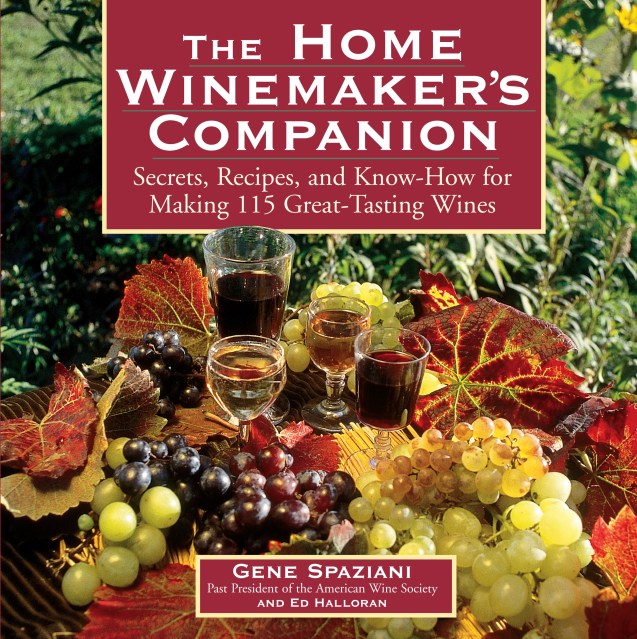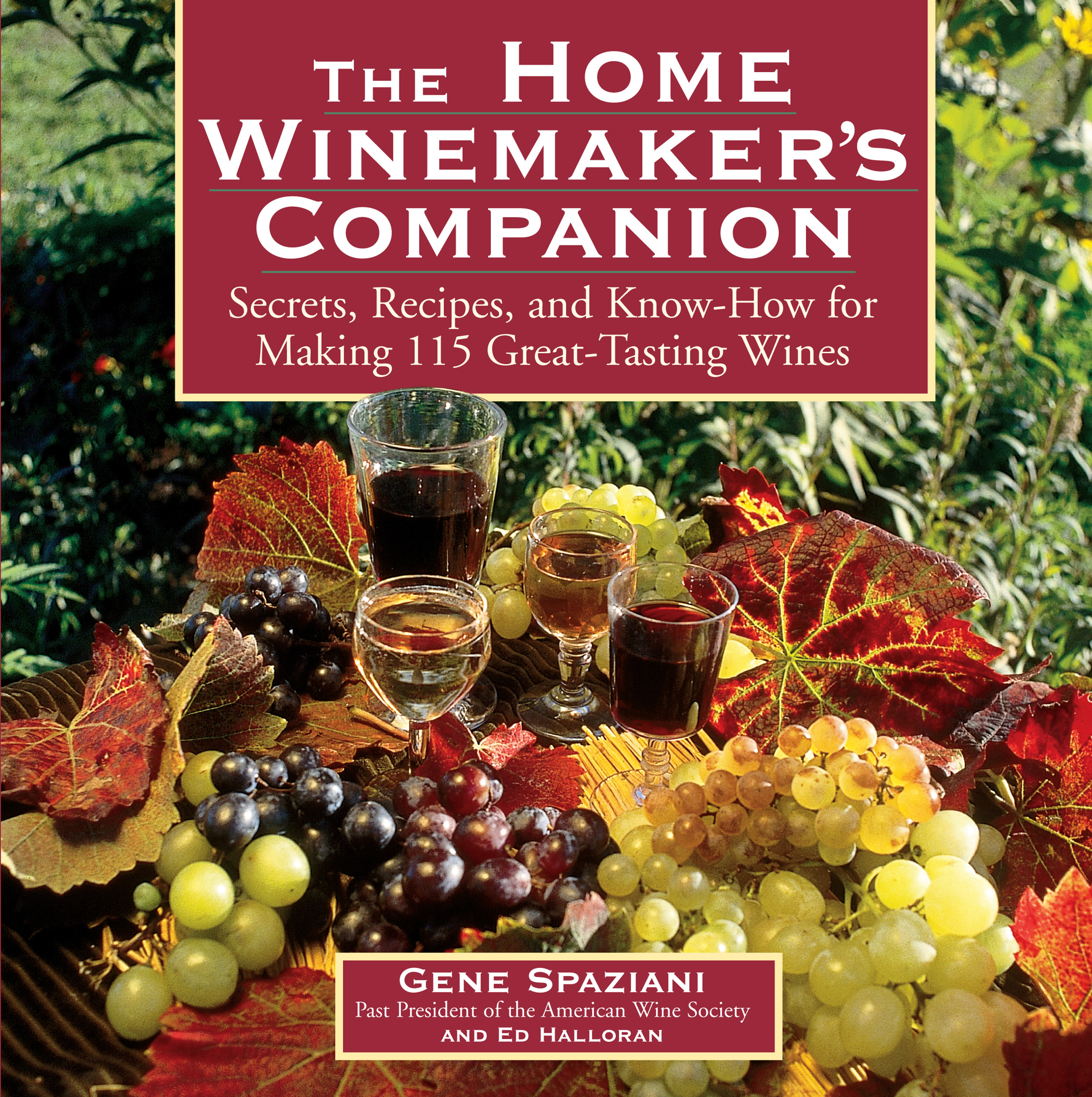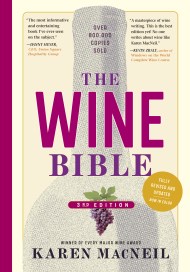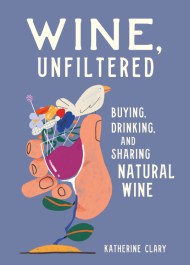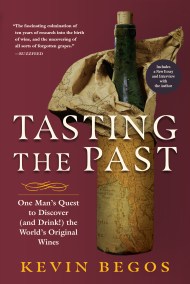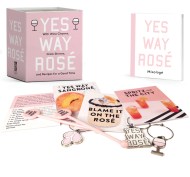Promotion
Use code MOM24 for 20% off site wide + free shipping over $45
The Home Winemaker's Companion
Secrets, Recipes, and Know-How for Making 115 Great-Tasting Wines
Contributors
By Ed Halloran
By Gene Spaziani
Formats and Prices
Price
$11.99Price
$15.99 CADFormat
Format:
- ebook $11.99 $15.99 CAD
- Trade Paperback $19.95 $25.95 CAD
This item is a preorder. Your payment method will be charged immediately, and the product is expected to ship on or around November 12, 2012. This date is subject to change due to shipping delays beyond our control.
Also available from:
Raise a glass of homemade burgundy and enjoy the fruits of your labor. This informative guide provides an overview of the entire home winemaking process, from the vine (or the boxed kit) to your glass. With more than 100 recipes for a wide range of delicious wines, ports, and champagnes, you’re sure to find a wine to suit your taste. Clear diagrams for setting up your equipment and fail-safe instructions ensure that your home winemaking will be a success.
Genre:
- On Sale
- Nov 12, 2012
- Page Count
- 272 pages
- Publisher
- Storey
- ISBN-13
- 9781612122274
Newsletter Signup
By clicking ‘Sign Up,’ I acknowledge that I have read and agree to Hachette Book Group’s Privacy Policy and Terms of Use
